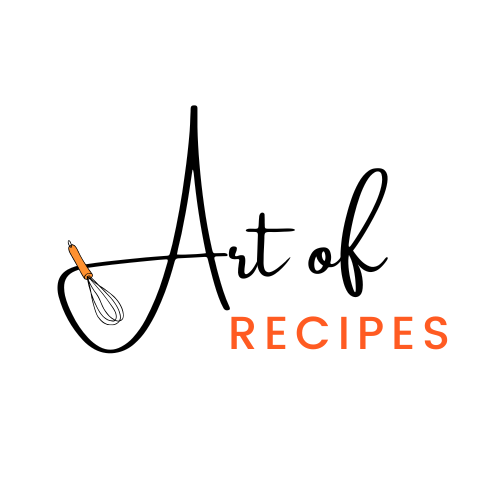The scent of caramelized onions and golden-brown potatoes filled my grandmother’s tiny kitchen. Every year, just before Passover, she would tie her apron, roll up her sleeves, and begin the ritual that had been passed down for generations—making her famous Passover Potato Pie.
I remember sitting at the wooden kitchen table, my little legs dangling off the chair, watching as she grated the potatoes with practiced hands. “No chametz, no shortcuts,” she would say, her voice firm but warm. Passover was sacred, and so was this dish. It wasn’t just food—it was a piece of our history, a connection to ancestors who had celebrated this holiday in times of both joy and hardship.
She never needed a written recipe. Every ingredient—the potatoes, eggs, onions, and a pinch of matzo meal—was measured by instinct. “You’ll know it’s right when it smells like home,” she told me with a wink.
The first bite was always the best: crispy on the outside, soft and comforting on the inside, carrying whispers of old traditions and new memories. This was more than just a pie. It was a symbol of resilience, a taste of freedom, and a reminder that even in the simplest of dishes, history and love are baked in.
Now, as I stand in my own kitchen, peeling potatoes with my children watching eagerly, I realize that this Passover Potato Pie isn’t just a recipe—it’s a story. And like all the best stories, it deserves to be shared.
Table of contents
Key Ingredients in Passover Potato Pie
A perfect Passover Potato Pie starts with a handful of simple, wholesome ingredients. Each one plays a crucial role in creating the rich, comforting flavor and texture that make this dish a holiday favorite.
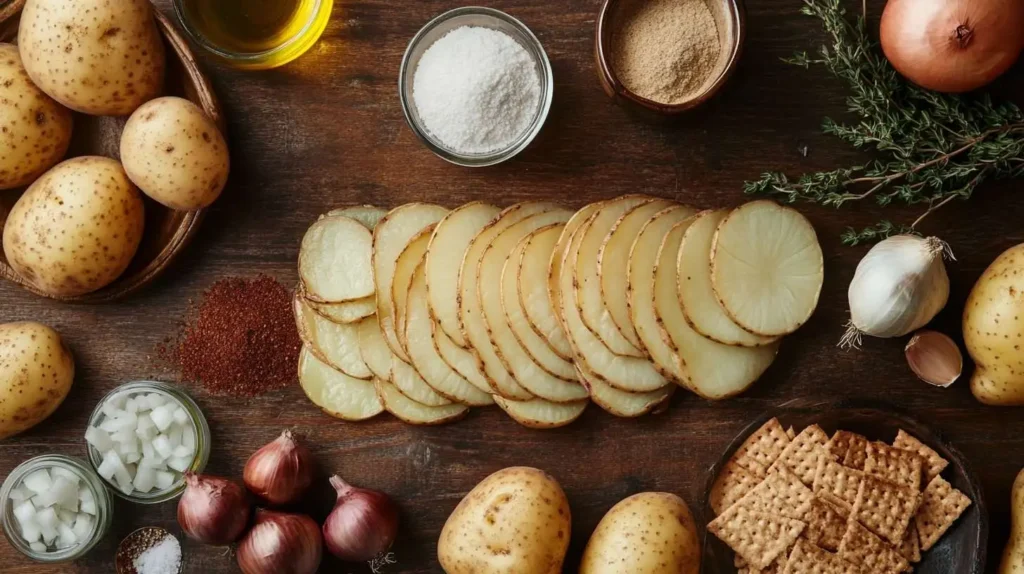
Potatoes: The Star of the Dish
Not all potatoes are created equal. Russet potatoes are ideal for a fluffy texture, while Yukon Golds offer a creamy, buttery taste. The key is to choose starchy varieties that hold their shape while absorbing flavors.
Binding Agents: Chametz-Free Alternatives
Since flour and traditional breadcrumbs are off-limits during Passover, matzo meal or potato starch act as excellent binders. Eggs also help hold everything together while adding richness.
Onions and Garlic: Flavor Boosters
Sautéed onions bring a deep, caramelized sweetness, while fresh garlic adds a subtle kick. Some recipes even include leeks or scallions for extra depth.
Seasonings: Simple Yet Essential
Salt and pepper are must-haves, but for a richer flavor, try paprika, fresh parsley, or a dash of nutmeg. These small additions elevate the dish without overpowering its simplicity.
Oil: Achieving the Perfect Crisp
For that golden, crispy crust, olive oil or schmaltz (rendered chicken fat) works best. Schmaltz adds a traditional, deep flavor, while olive oil keeps it lighter and plant-based. If you enjoy cooking with rich, flavorful oils, you might also love this smothered turkey wings recipe, which uses similar techniques to achieve deep, savory flavors.
With these carefully chosen ingredients, you can create a Passover Potato Pie that’s both traditional and unforgettable.
How to Make the Perfect Passover Potato Pie
Making Passover Potato Pie is a blend of tradition, technique, and just the right ingredients. Whether you prefer the classic version or a modern twist, following these steps will help you achieve the perfect balance of crispy edges and a soft, flavorful interior. Looking for another comforting, oven-baked dish? Check out this Million Dollar Chicken Casserole for a hearty and satisfying meal idea.
Classic Recipe: Traditional Passover Potato Pie
Ingredients:
- 4 large Russet or Yukon Gold potatoes (grated)
- 1 large onion (grated or finely chopped)
- 2 eggs (beaten)
- ¼ cup matzo meal (or potato starch for a gluten-free version)
- 1 tsp salt
- ½ tsp black pepper
- ¼ cup olive oil or schmaltz (for richness and crispiness)
Instructions:
- Preheat & Prep: Preheat your oven to 375°F (190°C). Grease a baking dish with olive oil or schmaltz.
- Grate & Drain: Grate the potatoes and onion, then squeeze out excess liquid using a clean towel. This helps achieve a crispier texture.
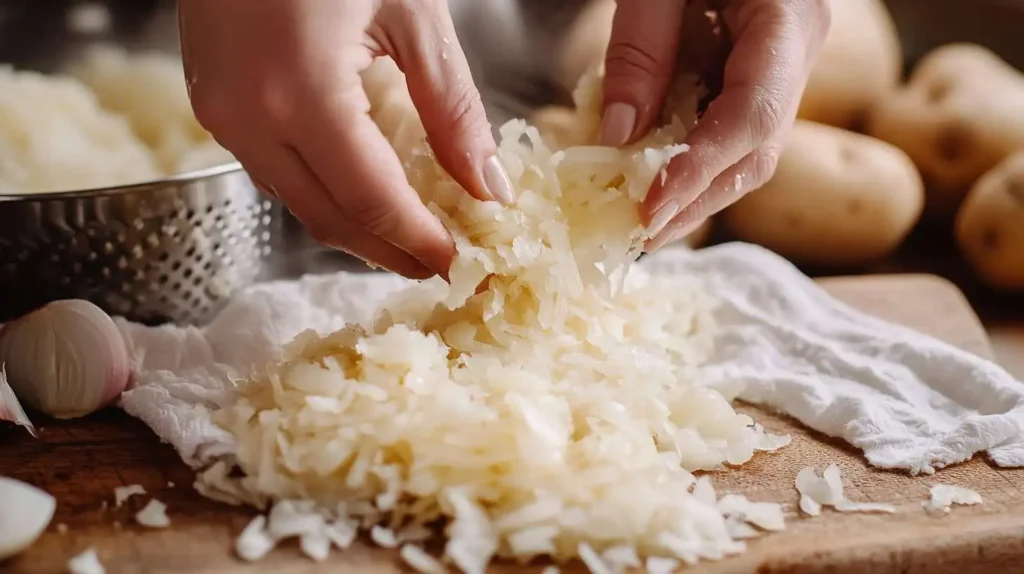
- Mix the Ingredients: In a large bowl, combine the potatoes, onions, eggs, matzo meal, salt, and pepper. Mix well until fully incorporated.
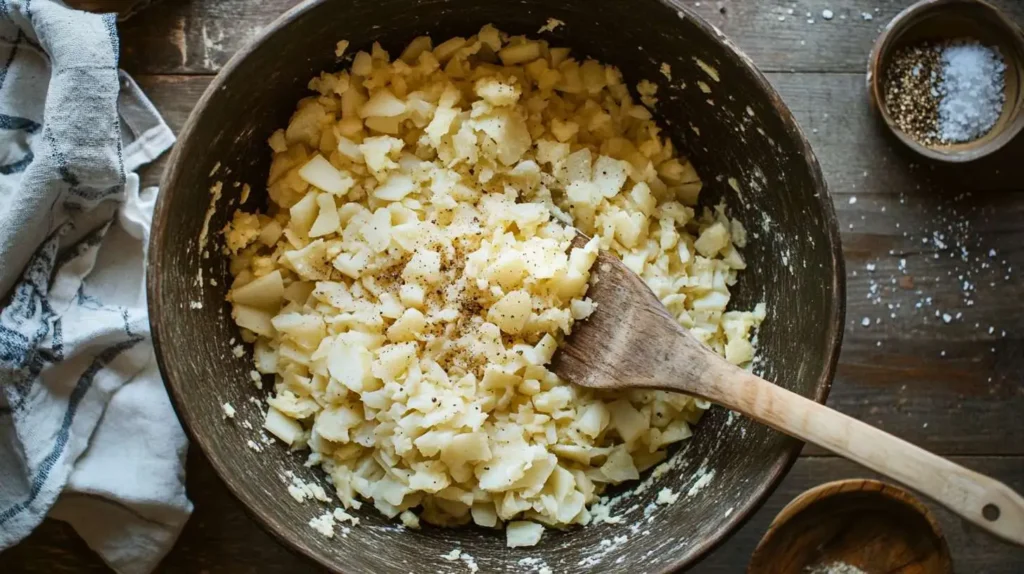
- Assemble & Bake: Pour the mixture into the greased baking dish, pressing it down evenly. Drizzle the top with extra olive oil for a golden crust.
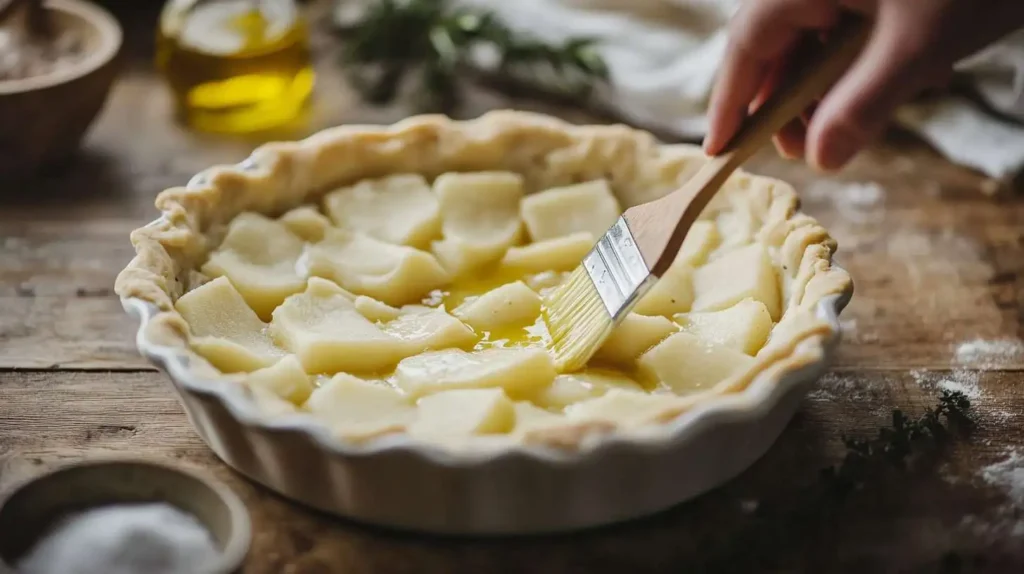
- Bake Until Golden: Bake for 50-60 minutes, or until the top is crispy and the inside is tender. Let it cool slightly before slicing.
Variations: Dairy-Free, Gluten-Free, and Vegan Options
- Dairy-Free: Stick to olive oil instead of schmaltz.
- Gluten-Free: Swap matzo meal for potato starch.
- Vegan: Replace eggs with a mix of potato starch and water (or unsweetened applesauce).
Tips for the Perfect Texture
✔ Squeeze out moisture to avoid a soggy pie.
✔ Use high heat for a crispier top layer.
✔ Let it rest for 10 minutes before slicing to help it set.
With these simple steps, you’ll have a crispy, golden, and delicious Passover Potato Pie that brings warmth and tradition to your holiday table.
Common Mistakes to Avoid When Making Passover Potato Pie
Even the most seasoned cooks can run into problems when making Passover Potato Pie. Avoid these common mistakes to ensure your pie turns out crispy, flavorful, and perfectly textured. If you love mastering traditional cooking techniques, you might enjoy learning how to perfectly prepare a turkey breast for your next holiday meal.
1. Not Draining the Potatoes Properly
Excess moisture is the biggest enemy of a crispy pie. Solution: After grating the potatoes, squeeze them thoroughly with a clean kitchen towel or cheesecloth. This prevents a soggy texture.
2. Using the Wrong Type of Potatoes
Not all potatoes work well for this dish. Solution: Stick to Russet potatoes for a light, fluffy texture or Yukon Golds for a creamier bite. Waxy potatoes retain too much moisture and won’t crisp up properly.
3. Overloading the Pie with Ingredients
Adding too many eggs, onions, or binders can weigh down the dish. Solution: Keep it simple—balance is key to getting that classic Passover Potato Pie taste and texture.
4. Skipping the Preheating Step
Putting the mixture into a cold oven results in uneven baking. Solution: Always preheat the oven to the correct temperature before placing the pie inside.
5. Not Using Enough Oil
A dry pie lacks the signature golden crust. Solution: Coat the baking dish generously with olive oil or schmaltz and drizzle some on top before baking.
6. Cutting the Pie Too Soon
Slicing the pie immediately after baking can make it fall apart. Solution: Let it rest for at least 10 minutes before cutting to help it set.
7. Overcooking or Undercooking
Baking for too long dries out the pie, while not enough time leaves it raw inside. Solution: Bake at 375°F (190°C) for 50-60 minutes, checking for a golden-brown top and tender center.
By avoiding these mistakes, you’ll create a delicious, crispy, and well-balanced Passover Potato Pie every time.
Conclusion: Enjoying a Traditional Yet Versatile Dish
Passover Potato Pie is more than just a dish—it’s a symbol of tradition, resilience, and family gatherings. With its crispy edges, tender interior, and simple yet flavorful ingredients, it perfectly embodies the essence of Passover: celebrating heritage while adapting to dietary laws.
Whether you follow a classic recipe passed down for generations or experiment with modern variations, this dish is a timeless favorite that brings warmth and comfort to the holiday table. By choosing the right ingredients, avoiding common mistakes, and pairing it with complementary dishes, you can create a memorable and delicious Passover meal.
So, as you prepare your Passover feast this year, embrace the rich history and comforting flavors of Passover Potato Pie. Share it with loved ones, pass down the tradition, and most importantly—enjoy every bite.
FAQs: Everything You Need to Know About Passover Potato Pie
Can Jews Eat Potatoes on Passover?
Yes! Potatoes are completely kosher for Passover because they are not considered chametz (leavened grain). Since wheat, barley, rye, oats, and spelt are restricted unless in the form of matzo, potatoes become a popular ingredient in Passover recipes.
Can You Eat Kugel on Passover?
Yes, but only if it is made with kosher-for-Passover ingredients. Traditional noodle kugel is not allowed because it contains pasta made from wheat. However, potato kugel or matzo-based kugel is a popular Passover dish.
Why Are Potato Chips Not Kosher for Passover?
Not all potato chips are kosher for Passover because they may contain corn oil, preservatives, or seasonings that include chametz or kitniyot (legumes and grains avoided by Ashkenazi Jews). To be safe, look for a Passover-certified label on packaged snacks.
What Is the Origin of Potato Kugel?
Potato kugel originated in Eastern European Jewish communities, where potatoes were a staple due to their affordability and availability. Over time, it became a classic Shabbat and holiday dish, evolving into various styles, including the crispy, casserole-like versions we enjoy today.
